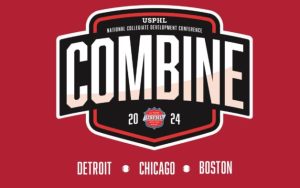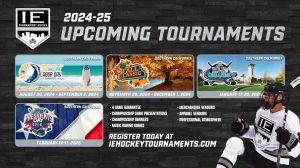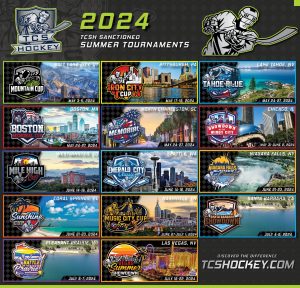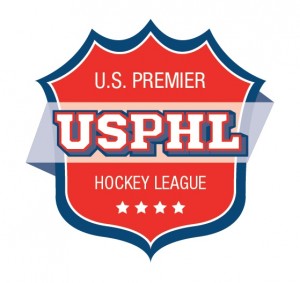Little Howlers program a major boon to youth hockey growth

Great minds think alike.
Just ask Matt Shott, who is the Arizona Coyotes’ director of amateur hockey development. At the same time the NHL and the NHL Players Association developed the “Learn to Play Initiative” aimed at developing youth hockey in NHL markets, Shott and his team were well at work to plan for and witness hockey development in the desert.
That began just less than a decade ago with formation of Kids First, a program designed to put players on the ice during a four-week program. Players rented equipment and received their deposit back at the end of the session. There was also a stipulation that the equipment be returned.
While that program helped introduce hockey to the desert, the program was isolated.
“We helped fund the program with the Arizona Amateur Hockey Association, but this needed more of a Coyotes presence,” Shott said. “We changed to name to Little Howlers, talked to the area rinks and said we need to have more of a structure. We needed more of a game plan instead of just let the kids go out there and learn on their own.”
Then the NHL became involved with its incentive to grow the game in warm weather environments. The league came back to Shott and the Coyotes with an outline, or what Shott called, “a basic drawing.” The NHL explained what they would like, what the youth program needed to accentuate, and Shott took that revised program to the local rinks.
Today, five of the six Phoenix area rinks have the program and the Ice Den in Scottsdale, one of the busiest rinks in the country, is about to come on board. Plus, Shott is expanding to Tucson and plans call for programs in Flagstaff in the fall. As well, a girls youth hockey program is now in its formative stage.
The current program, which includes about 900 players, ages 4-8, and six sessions, now includes a $100 tuition, but players keep their equipment. That includes helmets down to skates. Playing time expanded by two weeks and Shott added, “they’re getting extra time to learn about the game of hockey, gain learning skills and have instruction from former NHL players.”
Players aged 6-15, Shott added, “is a little harder.” He said the biggest issue here remains the physical size. Kids between the ages of 8-12 exhibit a pronounced range and that it is difficult to keep players at a uniform size. With kids between 4-8, the size differential is not as prominent.
If the youth hockey program moved from its formative stage to its developing stage, the NHL was not far behind. Launched in the 2016-17 season, its “Learn to Play” program expands the barriers with introductory hockey programs and provides head-to-toe equipment.
Overall, youth hockey is Arizona is rapidly expanding. In addition to players enrolled in the Little Howlers program, there are 33 high school hockey teams in the state. Shott said there are currently over 7,600 players in the state, noting “I’ll bet we’ll be able to break 10,000 players within the next year.”
In the meantime, Shott said there are an increased number of certain jerseys appearing in the desert. There’s a good and proud reason.
“We’re starting to see a few more 34s,” Shott said, in reference to Scottsdale native Auston Matthews. “Number 34 is starting to show up more.”
For now, Shott said the expanding number of players and available ice time for those in the program present a specific challenge. The search is on for new sheets of ice and the window for playing time is tighter.
“Ice time in the Metro Phoenix area is maxed out,” Shott said. “It’s a good problem to have. It shows that hockey is booming here. It’s not like it’s only one rink that’s crowded, it’s six rinks. Then you go up to Flagstaff and Tucson and they’re maxed out. They’re begging for more ice sheets.”
— Mark Brown








